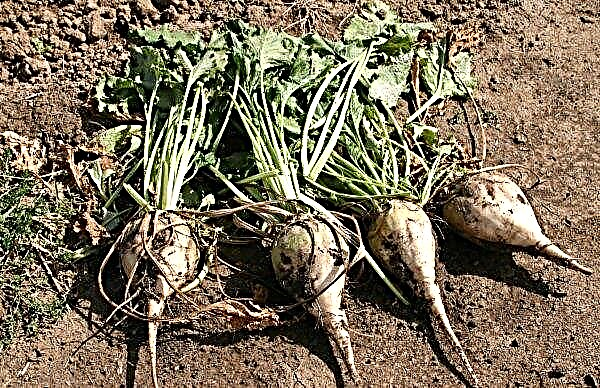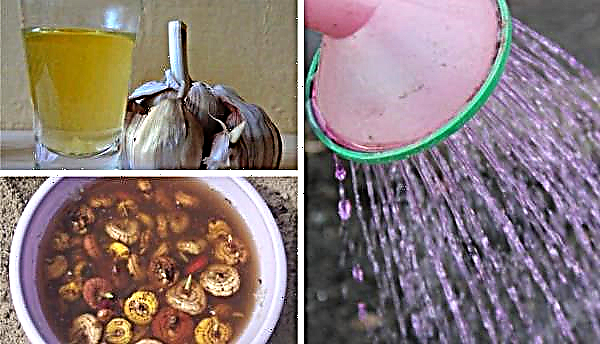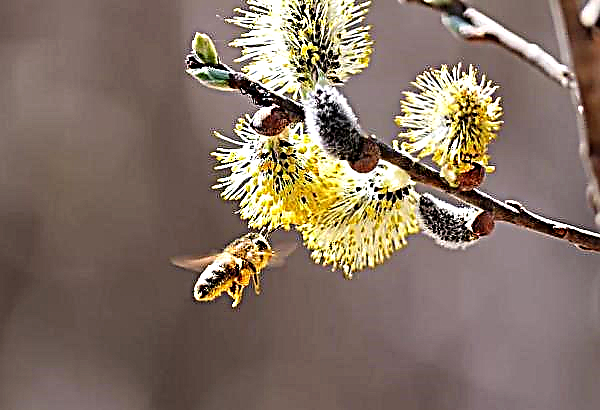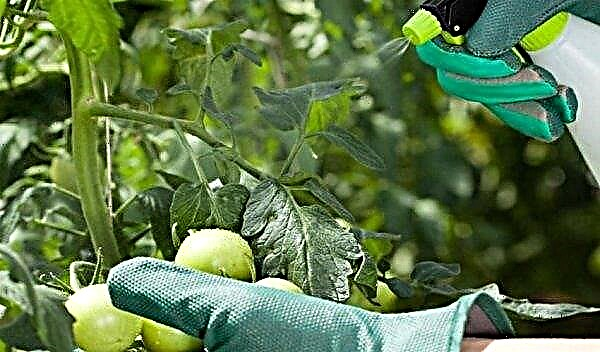The situation when the tomatoes turn black should alert the gardener. This symptom most often indicates the development of pathologies. To ensure that the harvest is not in jeopardy, the grower must determine the cause of the blackening of the fruit and choose the appropriate treatment method.
Why black spots appear on tomatoes
Experienced gardeners, having noticed black spots on a tomato, know that this is evidence of the development of one of the diseases characteristic of this vegetable. Most often, this is late blight, vertex rot, brown spotting, gray rot, phomosis or macrosporosis.
Late blight
Late blight is one of the most common "tomato" diseases, which affects plants growing both in the greenhouse and on the street.
The causative agent is a fungal infection. The reason for its spread may be a sharp change in temperature.  Phytophthora first affects the leaves, then dark spots spread to the fruits. The affected areas are close to brown in color and are covered with a light coating of light color.
Phytophthora first affects the leaves, then dark spots spread to the fruits. The affected areas are close to brown in color and are covered with a light coating of light color.
Did you know? Phytophthora came to our latitudes from the American continent. She was brought on ships with a load of infected potatoes.
Vertex rot
Vertex rot is a pathology characteristic of tomatoes grown in a greenhouse. This type of rot appears on the tip of the fetus due to overdrying of soil and air in the greenhouse. Another common cause is a lack of calcium. After that, tomatoes become vulnerable to the effects of various infections. In this case, a dark spot of gray-brown color appears at the bottom of the fetus in the center. Most often, the disease affects unripe tomatoes. If it is a variety with oblong fruits, a stain appears on the tips of the tomatoes below.
Brown spotting
Brown spotting or cladosporiosis is a fungal disease that can significantly reduce yield. Its first manifestations can be seen on leaves, which on the outside affect green spots, and a gray coating appears on the inside. Over time, areas change color to brown. There are no such spots on the stems and on the tomatoes.
Gray rot
Gray rot is a pathology that is characterized by the appearance of rot of a dark gray color with ashen plaque. Manifestation begins on the trunks and extends to the entire bush. The reason for the development is a violation of the irrigation technique and the non-sterility of the starting materials.
Fomoz
Phomosis or brown rot is a fungal disease that develops throughout the bush and affects the trunks, leaves and fruits of tomatoes. The first spots appear on the tops. Further on the fruits, you can see indented round spots of dark color near the stalk.
Important! It is strictly forbidden to eat the fruits affected by the disease.
Macrosporiosis
Macrosporosis or alternariosis is a disease that is also called dry spotting. The spots are dry.
What to do and how to process tomatoes so that the fruits do not blacken
For the treatment of each of the diseases, it is necessary to choose a suitable remedy. First of all, you should decide how to deal with the scourge: treat with the help of chemical agents or use alternative methods.
Chemicals
 Choose a chemical agent depending on the disease.
Choose a chemical agent depending on the disease.
For the treatment of late blight, there are a number of drugs. Among them are:
- "Acrobat MC";
- "Ridomil Gold."
Vertex rot is successfully treated using fertilizers and bioregulators, which include:
- calcium nitrate (3-4 sprays with an interval of 1 week);
- “Brexil calcium” (foliar top dressing 1 time in 2-3 weeks);
- "Zircon" (spraying once a week).
 To cure brown spotting, you must use one of the following fungicides:
To cure brown spotting, you must use one of the following fungicides:- "Bravo";
- "Diet NeoTek 75";
- chlorinated copper.
A successful fight against gray rot is possible when using such means:
- “Acrobat MC” (5–7 sprays for the entire growing season);
- "Rovral" (greasing with paste on the basis of this preparation, chalk and wallpaper glue, watering or spraying);
- “Oksikhom” (spraying once every 1.5–2 weeks, the optimal number of procedures - 3 times).
 From blackness with phomosis, agronomists advise using drugs:
From blackness with phomosis, agronomists advise using drugs:- "Fundazole" (2-fold watering of the soil);
- “Oksikhom” (3 sprays once every 1.5–2 weeks);
- Bordeaux mixture (spraying taking into account the dosage of 2 liters per 10 sq. m).
- "Ridomil Gold MC" (spraying once every 1-2 weeks);
- "Metaxil" (spraying during the growth period 1 time in 1.5–2 weeks).
Important! Some drugs have increased toxicity. When processing, it is better to use protective clothing and avoid contact with sensitive areas of the skin.
Folk remedies
As a treatment, in addition to chemicals, folk remedies can be used. With late blight, experienced agronomists advise using a garlic solution. It should be sprayed on tops 1-2 times during the growing season. For cooking you will need:
- garlic - 1 kg;
- water for concentrate - 2 l;
- dilution water - 8.5 l;
- Laundry soap - 35 g.
- Grind the garlic.
- Pour it with water for the concentrate, stir and leave to infuse for 5 days.
- Dilute the concentrate with dilution water before use.
- Rub the laundry soap and add to the solution.
Video: Garlic versus late blight
The best folk remedy for the treatment of vertebral rot is considered ashes. Under one bush, you should make 2 handfuls of the product, after which the plant must be watered.
Brown spotting is successfully treated with a milk-iodine solution. To prepare you need to take:
- water - 1 l;
- milk - 100 ml;
- iodine - 3 drops.
All components must be combined, mix thoroughly and spray the affected bush with the resulting product. For the treatment of gray rot, you can use several folk remedies:
For the treatment of gray rot, you can use several folk remedies:
- soda solution (8 g of soda per 1 liter of water);
- a solution of copper sulfate (0.5 g of copper sulfate per 1 liter of water);
- 1% boric acid.
Phomosis is treated with the aforementioned preparations based on garlic or ash. It is advisable to spray macrosporiosis with a solution of garlic. The optimal number of applications should be 2-3 times, the interval between procedures should be maintained within 1.5-2 weeks.
Preventive measures
In order for the problem of black spots not to affect the plantings of tomatoes in your garden, it is necessary to resort to preventive measures in advance:
- plant bushes at the appropriate distance from each other;
- sanitize soil, seeds and greenhouse before planting;
- in time to carry out stepsoning;
- mulch the soil;
- timely weed and loosen the soil;
- perform only ground watering, avoiding water getting into the bushes;
- regularly moisten the soil with warm water;
- maintain the necessary level of humidity and air temperature;
- carry out preventive treatment of the bush and soil;
- properly and timely feed the plants;
- periodically ventilate greenhouses.

Why do the picked tomatoes turn black
It sometimes happens that after successful cultivation, the tomatoes removed from the bushes begin to blacken. In this case, there is a development of one of the diseases that appear during the growing season, but manifest themselves after harvesting on ripped fruits. These include:
- Fusarium
- anthracnose.
Such an outcome is better to prevent. For this, preventive treatment is necessary. To prevent or treat fusariosis and anthracnose, it is recommended to use fungicides, for example, the drug Trichodermin. It is also important to adhere to other preventive measures.Did you know? Vitamin A found in tomatoes helps prevent night blindness and improve vision.
The diseases that cause the appearance of black spots on tomatoes can be prevented if efforts are made and their development is prevented. If the first symptoms were noticed, you should immediately resort to treatment. With the right approach, the tomatoes will ripen successfully and the crop will be preserved.












